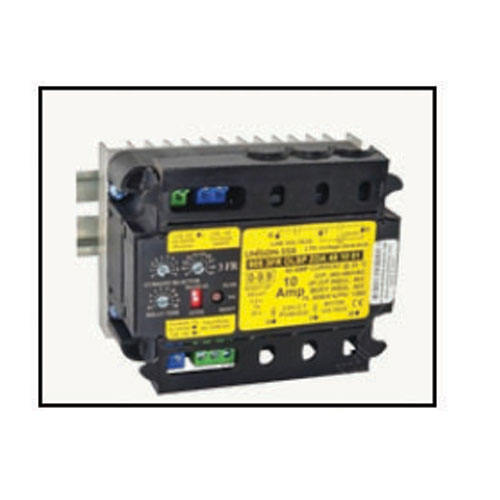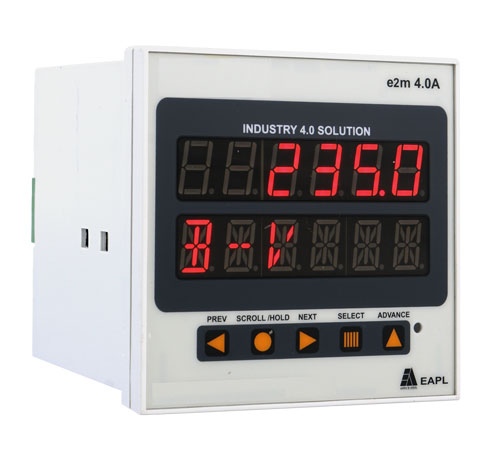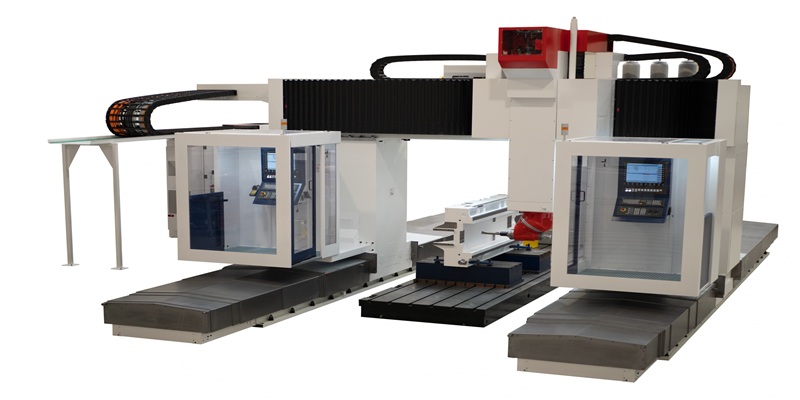Schedule a Call Back
The Economics of Copper Vs Aluminium
 Technical Articles
Technical Articles- Sep 04,15
Contrary to popular belief, transformers with copper windings are often less expensive to manufacture than those with aluminium windings
Since aluminium as a metal is cheaper than copper in USD/kg terms, does it necessarily follow that distribution transformers with aluminium windings are cheaper to manufacture? This proposition is too simplistic and ignores the higher costs of the magnetic core, tank and oil accompanying aluminium windings. The reality is that very often, high-efficiency transformers with copper windings are actually less expensive to manufacture than those with aluminium windings.
The Explanation
 Since the resistivity of copper is 0.6 times that of aluminium, the cross-section of the aluminium conductor needs to be 1.66 times the section of the copper conductor for the same resistance. This results in the window area of the transformer core also becoming 1.66 times larger. For a square-shaped core window, this translates into an increase of average length of the core by the square root of the increased area, i.e., 1.29 times. This means an increase of 29 per cent of the core volume, mass and costs. It also means increased no-load losses. The increased aluminium conductor cross-section also means a 29 per cent larger coil outer diameter, which increases the length of conductor and therefore the load losses.
Since the resistivity of copper is 0.6 times that of aluminium, the cross-section of the aluminium conductor needs to be 1.66 times the section of the copper conductor for the same resistance. This results in the window area of the transformer core also becoming 1.66 times larger. For a square-shaped core window, this translates into an increase of average length of the core by the square root of the increased area, i.e., 1.29 times. This means an increase of 29 per cent of the core volume, mass and costs. It also means increased no-load losses. The increased aluminium conductor cross-section also means a 29 per cent larger coil outer diameter, which increases the length of conductor and therefore the load losses.
To maintain the energy performance and counter the effects of increased no-load losses and load losses, either the flux density needs to be lowered by a further increase in the core section, and/or more expensive lower loss grades of magnetic material need to be used. The 66 per cent larger volume of the active part means that the transformer tank as well as the oil used for the aluminium design is at least 66 per cent larger than for the copper design. In practice, during design the section of the aluminium conductor is required to be even larger than 1.66 times the copper conductor in order to have an equivalent short-circuit performance, and the effects described above are more pronounced.
Thus it is not just the cost of conductor, but also the cost of magnetic steel, tank and oil needed to achieve the specified energy performance level that determines the total transformer manufacturing cost. Copper is very often the winner as the conductor material. Aluminium wire terminations are inherently prone to failure. Copper wire terminations are not.
Aluminium Oxide Versus Copper Oxide
Both copper and aluminium oxidize on contact with air. However, the surface copper oxide is soft and electrically conductive, whereas aluminium oxide, which forms immediately on exposure, is strongly attached, hard and electrically insulating. At wire terminations, which invariably involve mechanical clamping under pressure, the soft copper oxide which is itself conductive is broken down easily and good contact is directly established with the highly conductive copper metal.
On the other hand, the stubborn aluminium oxide is harder to dislodge, reappears quickly and develops a high electrical contact resistance leading to a loss of contact. The aluminium oxide layer also prevents non-mechanical connections such as soldering, which is only possible after applying a layer of tin, copper, or nickel.
Galvanic Action
When dissimilar metals come in contact, galvanic action occurs - material is transferred from the more positive metal or anode to the more negative metal or cathode. The intensity of the action depends on the respective positions of the metals in the periodic table. Aluminium is the most anodic of engineering metals and copper the most cathodic. Therefore, at wire terminations with connectors which are invariably made of copper or brass (a copper alloy), aluminium loses material through galvanic action, leading to a loss of contact. The presence of water condensation which is to be expected in outdoor distribution transformers worsens this galvanic action. In contrast, copper wires, being the same element as the connectors, have no galvanic action.
Elongation and Flow
Aluminium flows away from the termination under pressure. Furthermore, the linear coefficient of thermal expansion of aluminium is about 35 per cent higher than that of copper. This plays a significant role in rigid connections, in which the change in dimensions by heat in combination with the flow may result in loss of contact at the termination. The only way to avoid these problems is to check all terminals periodically, and tighten screws and connecting devices. Copper being harder, stronger and more ductile expands less and does not flow at terminations and consequently does not require periodic inspection and tightening of screws. In all instances, the loss of contact of aluminium wires at terminations leads to local overheating and eventually to sparking and fires.
Improving Transformer Energy Performance with Copper
Higher copper content in transformers improves energy performance and consequently lowers lifecycle costs in most cases. The various costs incurred during the long life of a transformer can be broadly categorized into purchase, operating and end-of-life costs. Of these, the operating costs - principally comprising the cost of energy losses in the transformer - are dominant. Therefore the astute purchaser will give a high weightage to the transformer's energy performance in his decisions and will not base these on direct costs alone.
Transformer designers have a mix of options available for improving energy performance - principally the use of larger core and conductor cross-sections, or a lower loss core material, or a better conductor, i.e. copper. The optimization of this mix is done on an ongoing basis by designers and manufacturers, based on relative material costs at the given time and the specific conditions of procurement on energy performance. This is the reason for the variety of transformer designs seen in the market.
Reference
State-of-the-Art on the Use of Copper and Aluminium Conductors in Distribution Transformers' Manufacturing: R. Salustiano and M. L. B. Mart?nez Federal University of Itajuba- Lat-Efei. Elektroinstallation de 22/2008: "Aluminium und Kupfer Richtig Verbinden", "Sechskant-Pressung f?r Aluminium und Kupfer".
Source: International Copper Association India .
Related Products

Three Pole, Numerical, Non-directional 3 O/c or 2 O/c+1 E/f Relay With Inst. Highset
JVS Electronics Pvt Ltd offers a wide range of three pole, numerical, non-directional 3 O/C Or 2 O/C+1 E/F relay with inst. Highset JNC 066/JNC 066P.

Ph Fwd/ Rev Motor Protection Ssrs
Insys Electrical & Controls offers a wide range of PH FWD/ REV motor protection SSRs.

Multifunction Meter With Event Counter
Electronic Automation Pvt Ltd offers a wide range of multifunction meter with event counter - model-E2M 4.0A















